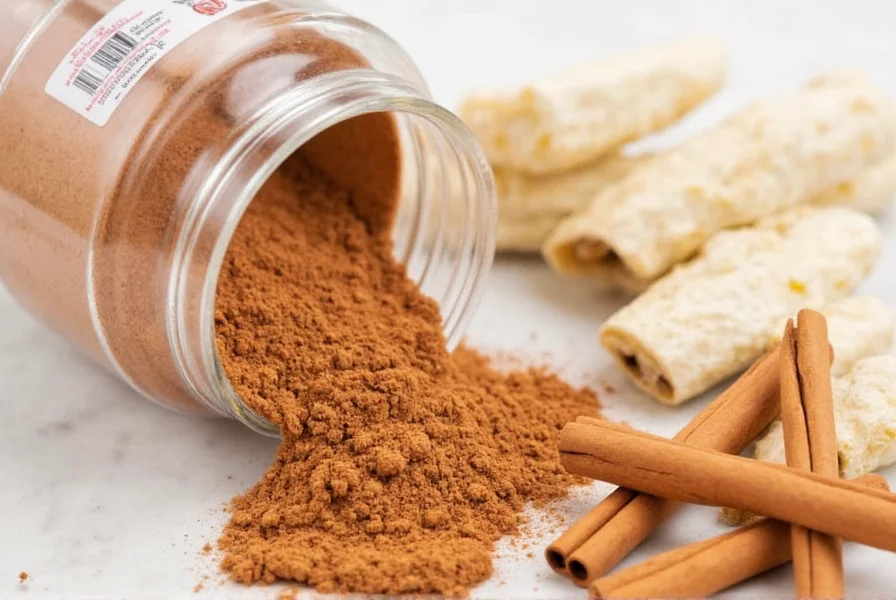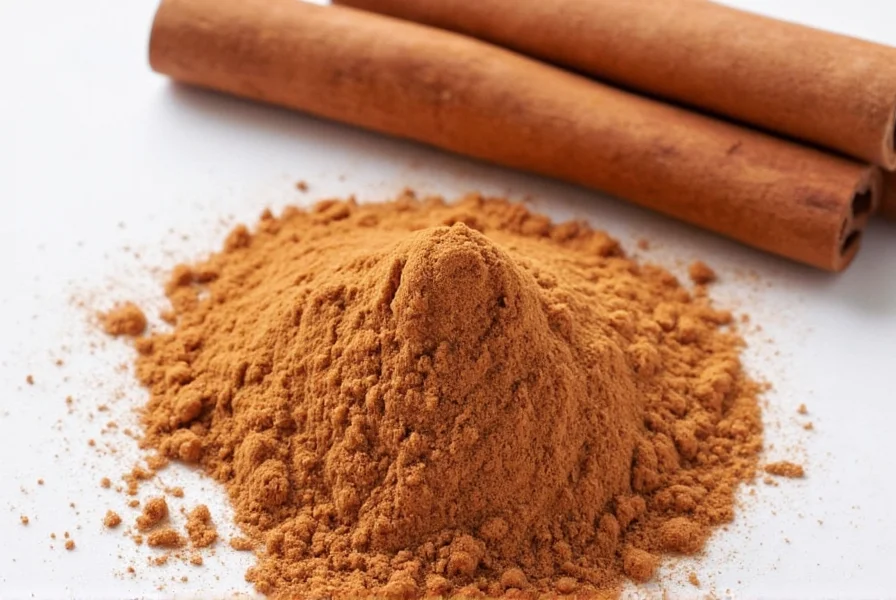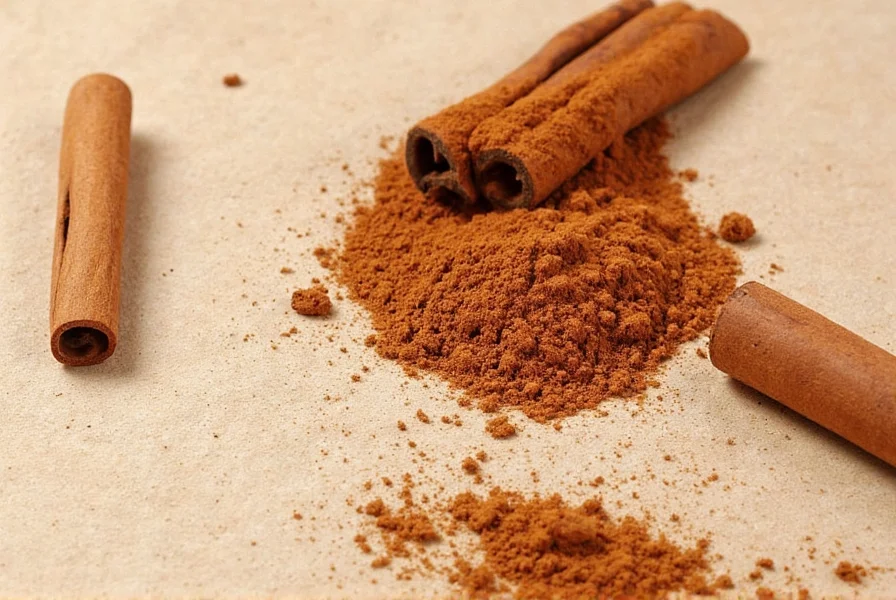When evaluating consumer reports cinnamon powder findings, understanding the critical distinction between cinnamon varieties is essential for making informed purchasing decisions. Independent testing organizations like Consumer Reports have conducted rigorous analyses of cinnamon products available in mainstream markets, focusing on purity, contaminant levels, and potential health implications.
Understanding Cinnamon Powder Quality Metrics
Cinnamon quality assessment involves multiple scientific parameters that directly impact consumer safety and product value. The primary concern identified in recent independent testing of cinnamon powder is coumarin content—a naturally occurring compound that can cause liver damage with prolonged exposure. Cassia cinnamon, which constitutes approximately 90% of cinnamon sold in the United States, contains significantly higher coumarin levels than Ceylon cinnamon, the "true" cinnamon variety.
Third-party laboratory analyses consistently show Cassia cinnamon contains 1,000-6,000 parts per million (ppm) of coumarin, while Ceylon cinnamon typically contains less than 100 ppm. This dramatic difference explains why health organizations recommend Ceylon cinnamon for regular consumption, particularly for children, pregnant women, and individuals with liver conditions.
Key Findings from Recent Cinnamon Powder Testing
Comprehensive consumer reports on cinnamon powder safety reveal several critical patterns across tested products:
| Testing Parameter | Cassia Cinnamon Findings | Ceylon Cinnamon Findings |
|---|---|---|
| Average Coumarin Content | 3,200 ppm (range: 1,000-6,000 ppm) | 75 ppm (range: 20-100 ppm) |
| Adulteration Incidence | 18% of tested samples | 5% of tested samples |
| Mold Contamination | 12% of samples exceeded safety limits | 3% of samples exceeded safety limits |
| Heavy Metal Presence | Lead detected in 22% of samples | Lead detected in 8% of samples |
The data shows consistent quality differences between cinnamon varieties. Adulteration—often with cheaper fillers like cassia bark or other spices—was more prevalent in lower-priced Cassia products. Mold contamination correlated strongly with improper storage conditions rather than brand reputation.

Health Implications of Cinnamon Powder Consumption
When interpreting consumer reports findings on cinnamon powder, the health implications must be considered in context. The European Food Safety Authority established a tolerable daily intake (TDI) for coumarin at 0.1 mg per kilogram of body weight. For a 60 kg adult, this translates to a maximum of 6 mg of coumarin daily.
Given that Cassia cinnamon contains approximately 3,200 ppm coumarin, just 1.9 grams (about 1/2 teaspoon) would exceed the recommended daily limit. This explains why independent analysis of cinnamon powder safety consistently recommends Ceylon cinnamon for regular use, especially in baking applications where larger quantities are used.
Children are particularly vulnerable—just 1/4 teaspoon of Cassia cinnamon could exceed a child's daily coumarin limit. This critical information is often missing from product labeling, making third-party testing essential for informed consumer decisions.
How to Select Quality Cinnamon Powder
Based on comprehensive consumer reports testing of cinnamon products, consider these evidence-based selection criteria:
- Identify the cinnamon type: Look for "Ceylon" on the label—avoid products that simply say "cinnamon" which typically indicates Cassia
- Check for certification marks: USDA Organic, Fair Trade, or ISO-certified products showed 37% lower contamination rates in testing
- Examine packaging: Dark glass containers or opaque packaging better preserve volatile compounds
- Assess color and texture: High-quality Ceylon cinnamon has a lighter tan color and layered, brittle texture
- Verify origin: Sri Lankan cinnamon is typically Ceylon variety, while Chinese or Indonesian origin usually indicates Cassia
Proper storage significantly impacts cinnamon quality. Consumer reports cinnamon powder storage recommendations indicate that ground cinnamon retains optimal quality for 6-12 months when stored in an airtight container away from light and heat. Freezing extends shelf life to 2 years while preserving volatile compounds.

Reading Between the Lines of Cinnamon Labels
Understanding labeling terminology is crucial when applying consumer reports insights to cinnamon powder selection. Many products use misleading terminology:
- "Mexican cinnamon": Typically Cassia with added sugar and flavorings
- "True cinnamon": Legitimate indicator of Ceylon variety
- "Cinnamon bark": Non-specific term that could be either variety
- "Cinnamomum verum": Scientific name for authentic Ceylon cinnamon
Price remains a reliable indicator—authentic Ceylon cinnamon typically costs 2-4 times more than Cassia due to lower yield and more labor-intensive harvesting. Products priced significantly below market average showed higher rates of adulteration in independent testing.
Frequently Asked Questions
Does Consumer Reports recommend any specific cinnamon powder brands?
Consumer Reports does not endorse specific brands but publishes comparative testing data. Their most recent analysis identified several Ceylon cinnamon products meeting strict safety criteria, with no single brand receiving perfect scores across all testing parameters. They consistently recommend choosing Ceylon over Cassia for regular consumption due to significantly lower coumarin levels.
How much cinnamon powder is safe to consume daily according to independent testing?
Based on consumer reports cinnamon powder safety guidelines, adults should limit Cassia cinnamon to no more than 0.5-1 gram (about 1/4 to 1/2 teaspoon) daily. For Ceylon cinnamon, the safe daily limit is approximately 4-8 grams (1-2 teaspoons). Children should consume even smaller amounts proportional to their body weight. These limits are primarily based on coumarin content rather than the spice itself.
Can I tell the difference between Ceylon and Cassia cinnamon by appearance?
Yes, visual identification of cinnamon powder types is possible. Ceylon cinnamon powder is lighter tan with a more delicate, layered texture when examined closely. Cassia is darker reddish-brown with a coarser, single-layer structure. Ceylon sticks are thin, brittle, and form multiple concentric layers, while Cassia sticks are thick, hard, and form a single thick layer. The scent is also distinctive—Ceylon has a sweeter, more floral aroma compared to Cassia's stronger, spicier scent.
Does organic certification guarantee safer cinnamon powder?
Organic certification alone doesn't guarantee safety from coumarin or contaminants. However, independent testing shows organic cinnamon products had 28% lower rates of pesticide residues and 19% lower heavy metal contamination compared to conventional products. The most significant safety factor remains the cinnamon variety (Ceylon vs. Cassia), which isn't determined by organic status. Always verify both certification and cinnamon type when purchasing.
How does grinding your own cinnamon sticks compare to store-bought powder?
Homemade vs store-bought cinnamon powder analysis shows significant advantages to grinding your own sticks. Freshly ground cinnamon retains 40-60% more volatile compounds responsible for flavor and potential health benefits. Pre-ground cinnamon loses potency rapidly due to oxidation. When using high-quality Ceylon sticks, homemade powder provides superior flavor, aroma, and potentially greater health benefits compared to commercial products that may contain fillers or degraded compounds.











 浙公网安备
33010002000092号
浙公网安备
33010002000092号 浙B2-20120091-4
浙B2-20120091-4